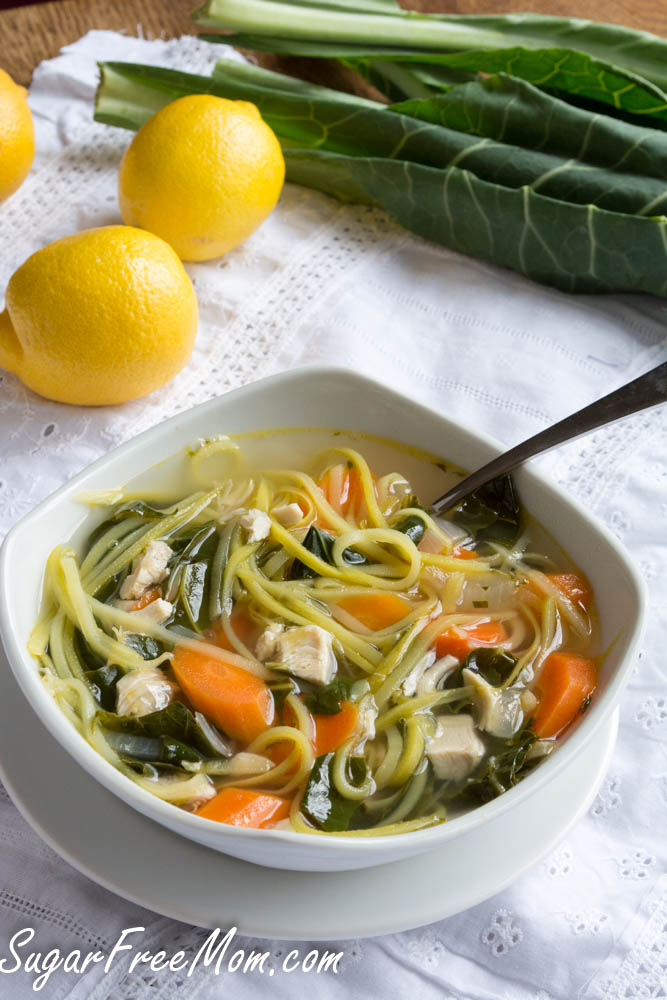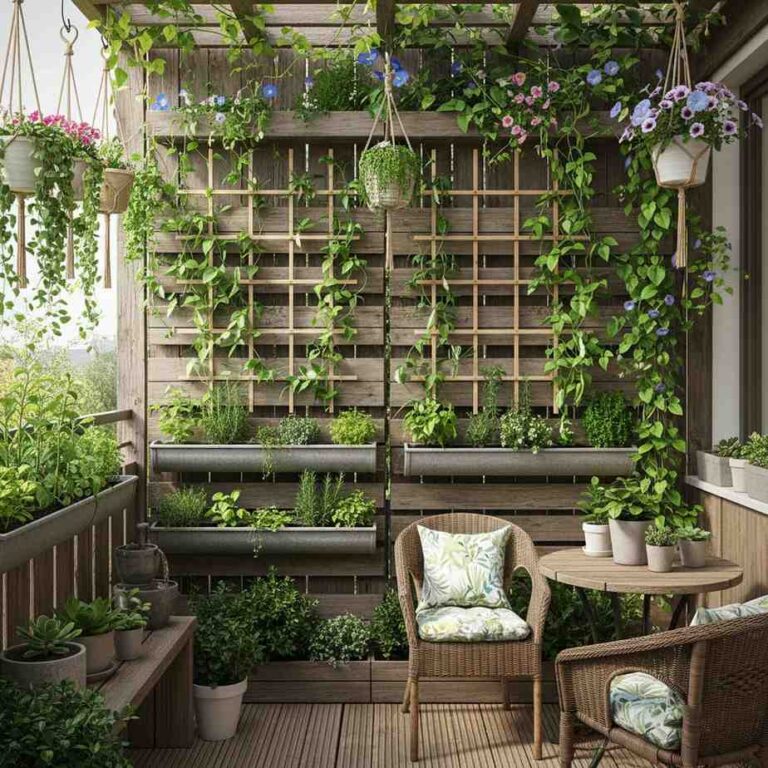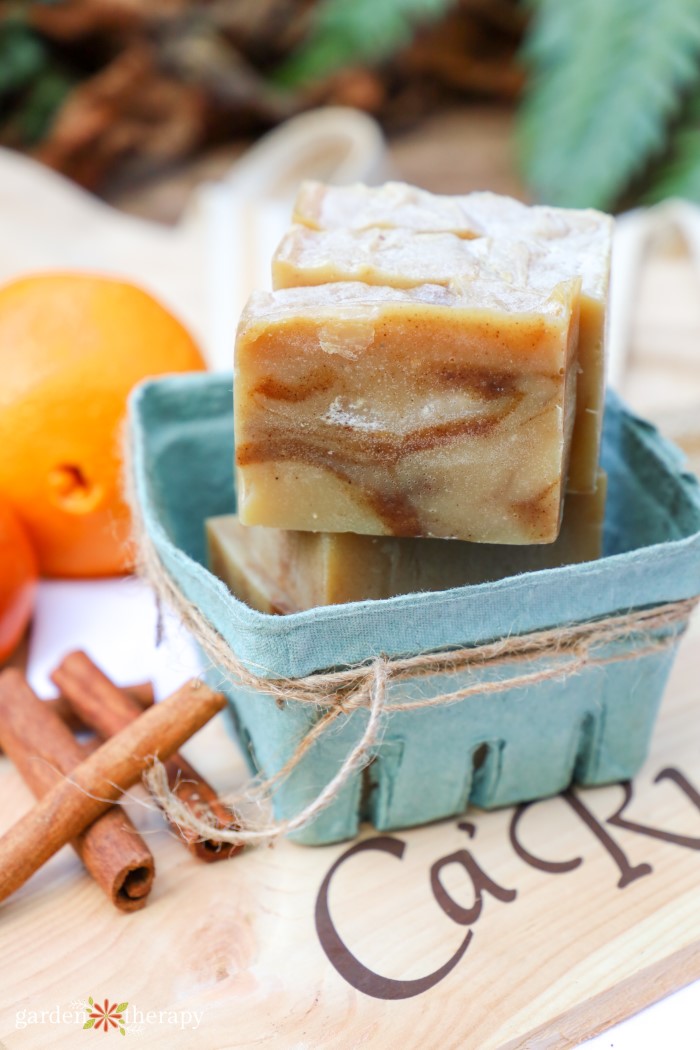Not only are butterflies beautiful, they are also useful pollinators that help the garden flourish. Attract them into your garden with this butterfly feeder project. It is a simple DIY project that will help you keep your garden thriving all year round.
Butterflies are magical creatures that adorn us with their beauty. Their bright colors are welcome in any garden. Like honeybees, they are essential pollinators. In fact, the life cycle of a butterfly requires you to have host plants and edible plants for pollination. The butterfly will thrive your garden and add a considerable pop of colour to your space.
How do you attract them to your garden? There are many plants they love, but the easy way to attract butterflies to your garden is to make a butterfly feeder.
If you are looking for extra ways to support butterflies in your garden, follow these steps to make a butterfly feeder.


How to make a butterfly feeder
This simple DIY keeps butterflies coming to your garden every month. Plus, the butterfly feeder has been quite an addition to your garden. Here’s how to create a step-by-step version:
Butterfly feeder supplies
Plates – Any kind of plate does it. The plate I used was shaped like a hibiscus flower. It has a notch that connects the “petals” and can easily fit into a macrame-style holder. If you use round plates, you will also need to get a wall mount plate holder. Mason Line or Twin – I used the Mason Line to hang the feeder. I used it because it is made from a synthetic material that does not deteriorate as fast as natural strings. The feeder is a small shelter and hangs outside in the area. I wanted to make sure the ropes hold the entire season. Washer (or another metal ring) beads – Beads are optional. I like the way they dress up the feeder. The butterflies please us with their beauty, so I decided to clean this feeder even more for them.


make!
First, cut the length of the Mason line about 3 feet. I used five strings as I have five petal notches on my plate. If you are using a round plate with a wall hanger, you will only need four length strings. Loop the strings into a metal ring and tie the double knot. Don’t worry about the edges at this time.


If you are using beads, add about 12 inches from the top. Make sure all the beads are evenly arranged. Next, tie the knot under each bead.


Tie all the strings about 6 inches below the beads. Cut the extra mason line half inch from the knot. Lightly melt the ends of the strings, either lightly from the candle or using a flame. I melted mine all the way to the root of the knot. This is also done in the knot that secures the metal ring. This keeps fraying at bay and prevents the knot from slipping.


Set the plate in the holder and hang it in a sunny place in your garden. Next, add butterfly food and watch it eat.


What does the butterfly eat?
Butterflies eat nectar (sugar from plants). Therefore, fresh fruits work very well just like butterfly food. You can also make nectar from honey and water, but I don’t think it’s a pain to add fruit to the plate.
Butterflies are attracted to the colours of red, yellow, orange, pink and purple, so keep that in mind when choosing fruit. If you are worried about the ants going into the feast, you can add a little water to the dish as a deterrent.


Tips for attracting butterflies
Butterfly feeders are just one way to attract butterflies to your garden. If you want to keep them truly happy, you need plants that cater to the needs of all life stages of butterflies. Adults need nectar, a safe place to lay eggs, food for larvae, and places to form chrysanthemums (coco).
In addition to the right plants, a perfect sun-like butterfly, a place to rest and drink the wings. An easy way to make a butterfly sanctuary is to plant bright flowers that butterflies love, add flat rocks to the garden for the butterflies to soak in, and drink a small shallow pot of water. Click here to learn how to make a butterfly garden.


Butterfly friendly plant
You can’t really be wrong with any type of brightly colored flower for butterflies. However, remember that plants must support larvae and coco. There are plenty of butterfly-friendly plants, so you may be able to find some that suit your growing zone. Here is a list of some plants that will attract butterflies to your garden:


Find out more about why some butterflies love milkweed and how to grow it in your garden here. In addition to having a clean flower garden, you can also attract these lovely pollinators at the same time. This is the perfect garden partnership.
Well, don’t forget the bees! Here’s how to attract them to your garden (and the butterfly bee bath project).
It’s not just the beneficial insects you’ll want in your garden! Find out about the 7 best bugs for your garden.
How to support pollinators
How to make a butterfly feeder
Use this simple DIY butterfly feeder to activate these clean pollinators in your garden.
Cut four of the Mason Line into 3-foot sections.
Loop the piece through a metal ring and tie it with a double knot.
Add beads to a line about 12 inches above and line them evenly. Tie the knot under each bead to keep it in place.
Tie all the strings about 6 inches under the beads, and leave the excess lines about 1/2 inch away from the knot.
To prevent fraying, do the same with the knot that also holds the metal ring.
Add plates, hang them in a sunny place in the garden and topped with butterfly food.
Debbie Wolf is the mother of two wild boys from Georgia, his wife and a working-from-home mom. In her free time (when there is something like that), she is in the garden or hides reading the latest apocalyptic sci-fi drama! In an interest, Debbie is an obsession, a home chef and gardener. She is a freelance writer, blogger and co-author and photographer behind the garden blog, the Wise Garden. A collection of tips, crafts and articles that highlight home gardening.







